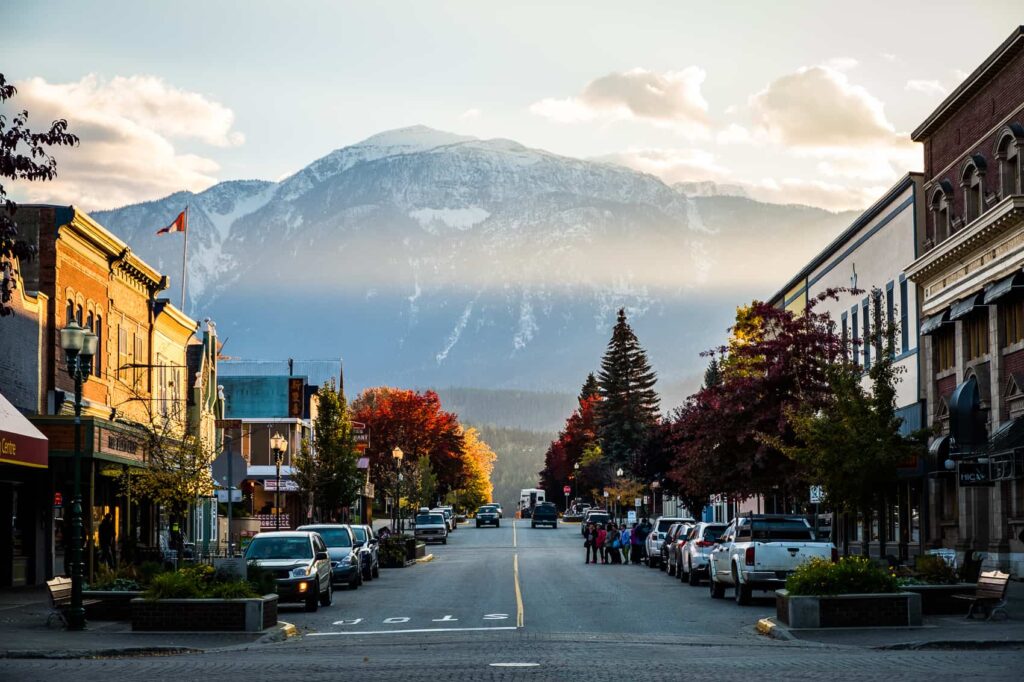Moving Past Sustaining To Thriving

In an era where travel has become more than a leisurely pursuit, regenerative tourism emerges as a transformative approach that goes beyond visiting places to nurturing them. It’s a paradigm shift that seeks to heal and restore damaged systems, both natural and social. At its core, regenerative tourism strives for more than just economic gains; it aims to deepen the connections between people and nature, fostering resilience and delivering meaningful, transformative experiences.
Understanding Regenerative Tourism
Regenerative tourism is a holistic approach that celebrates the principles of learning, adapting, and deepening connections. This approach encompasses:
- Scale of place: understanding and working within the context of a specific environment.
- Living ecosystem: viewing a place as a dynamic, interconnected ecosystem.
- Cultivating relationships: nurturing a web of connections and interdependencies.
- Valuing contributions: inviting and honoring the contributions of individuals.
- Stewardship and co-creation: practicing responsible stewardship and collaborative creation.
The Why of Regeneration
In tourism, regeneration pertains to revitalizing the vitality of local communities, businesses, and the ecological systems that sustain them. It’s about collectively discovering and cultivating potential through caring for people and their environment. The key lies in fostering an integrated systems approach that creates value in collaboration with others and nature rather than extracting value from them as disposable resources.
Embracing Regenerative Practices
“A Community Of Hosts, Not An Industry”
Shifting the perspective of tourism from an industry to a community of hosts is fundamental. This approach involves:
- Connecting people and place: establishing a profound connection between visitors and the local environment.
- Action-oriented purpose: implementing experiences and infrastructure rooted in local stories and care.
- Capacity for flourishing: working towards the growth and resilience of people, businesses, communities, and ecologies.
Benefits Of A Regenerative Approach
Embracing a regenerative approach in tourism redefines the benefits landscape: operators, committed to achieving net-zero goals, become pioneers in sustainable practices, ensuring minimal environmental impact while maintaining high-quality experiences. Every traveler becomes a force for positive change, contributing to local communities and ecological restoration. Tourism supports and actively enhances natural systems, safeguarding biodiversity and preserving delicate ecosystems. This positive impact extends to residents, fostering economic growth and creating a more vibrant local economy. This approach values and amplifies indigenous cultures, celebrating their richness, nurturing respect, and preserving traditions for a more interconnected world.
Inspiring Examples Of Regenerative Tourism
Fogo Island Inn

Situated amidst eleven vibrant communities, Fogo Island Inn embodies cultural exchange and a commitment to regenerative tourism. Zita Cobb’s vision reflects the belief that “the inn is more than a structure—it’s a conduit for ideas.” The essence lies in the island and its people, fostering an intimate understanding through genuine care and connection.
Revelstoke

Revelstoke’s evolution from a railway town to an adventure destination embodies a transformation journey. The Thanksgiving Back program exemplifies this shift, aligning visitor experiences with community support. By fostering connections, supporting local initiatives, and educating visitors, Revelstoke demonstrates the potential for tourism to be a catalyst for positive change.
Conclusion
In a world where the choices we make as travelers significantly impact the destinations we visit, the distinction between regenerative and extractive practices becomes pivotal.
Regenerative tourism poses crucial questions:
- Does our action create or diminish life?
- Does it heal or steal the future?
Embracing this approach signifies a change in how we travel and a commitment to co-creating a world where communities and nature thrive in harmony.
Are you interested in learning more? Contact us to learn how to incorporate regenerative practices into your business.
